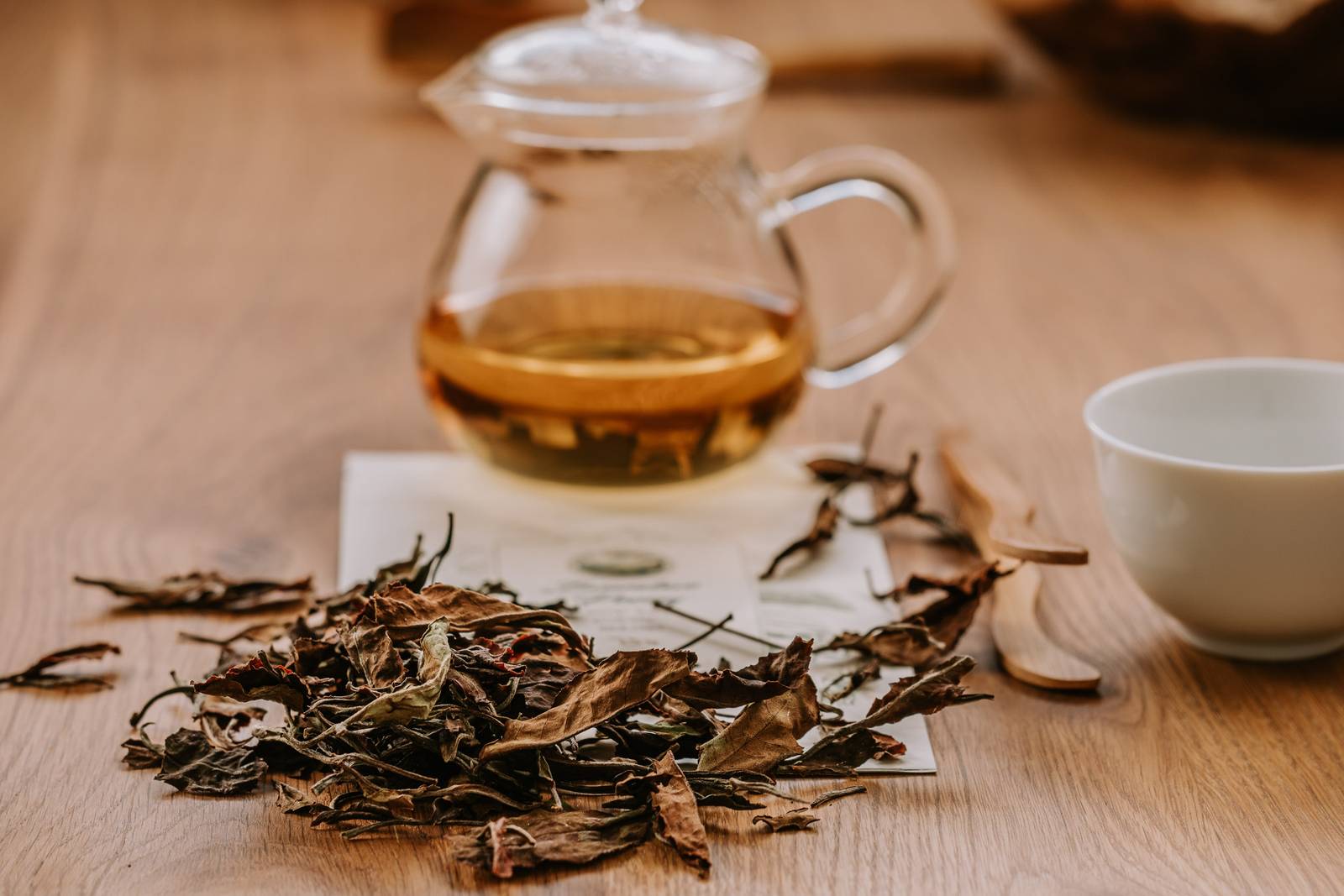A Guide to History, Varieties, and Global Terroirs

White tea emerges as a pristine and noble expression of the Camellia Sinensis plant, capturing the essence of spring in its delicate buds and leaves. This tea creates a refined, gently stimulating energy that feels natural at any time of day.
Its popularity among the literati of ancient China as a “scholar’s tea” is rooted in its history of promoting wakefulness and focus.
The infusion is light and fresh with delightful floral and fruity notes, making white tea a delightful choice for those seeking a graceful and invigorating tea experience.
This blog post delves into the origins and historical background of white tea, shedding light on its production methods and terroirs. Additionally, it provides insights on the optimal way to brew a delicious cup of white tea.
The History of White Tea

White tea, known as bái chá in Chinese, has a rich history dating back to the Song dynasty (960-1279). Initially, it denoted albino tea cultivars, distinct from today’s white tea. Emperor Huizong of Song celebrated its uniqueness in his ‘Treatise on Tea’, highlighting its rarity.
During the Ming dynasty (1368-1644), methods akin to modern white tea processing emerged, with sun-drying becoming a pivotal element, as seen in the Grading of Springs for Boiling Tea. Legend has it that the ancestor tree grew on Taimu Mountain, initially known as “green snow bud” (Lu Xue Ya) and later renamed “white fuzz” (Bai Hao).
The Production of White Tea
The production of white tea involves a process that accentuates the delicate nature of the selected buds and leaves. Utilizing a specialized technology of natural withering and drying (sun, shadow or in a room), skipping fixation and rolling entirely, making it a comparatively simple process akin to herb production. Thus, white tea preserves its rich internal content, encompassing active enzymes and polyphenols.
Typically harvested in spring, high-quality white teas prioritize the selection of the most tender buds and leaves. During the 1-2 days of withering, the moisture content within the tea leaves gradually evaporates, curing the leaves in their own juices and intensifying the inherent sweetness. This withering period also induces a gentle enzymatic oxidation in white teas.
Despite common misconceptions, white tea is not caffeine-free; in fact, it can contain a relatively high caffeine content, naturally produced by the plant to protect young leaves from insects. The presence of L-theanine, an amino acid, moderates the stimulating effects of caffeine, ensuring a sustained and gentle awakening without the abrupt crash associated with other caffeinated beverages.
Classification of White Tea

White tea classification varies based on the plucking standards and leaf composition. For instance, White Hair Silver Needle (Bai Hao Yin Zhen), a popular variety, consists solely of the tips or single buds, adorned with trichomes providing protection against pests and UV rays. These trichomes contribute to a soft mouthfeel and a cotton candy-like sweetness in the brewed tea, imparting a silvery-white appearance, known as bai hao (“white hair”) in Chinese.
Conversely, White Peony (Bai Mu Dan) is of “one or two leaves and a bud” picking standard, Tribute Eyebrow (Gong Mei) is “two or three leaves and a bud”, and the last one – Longevity Eyebrow (Shou Mei) is composed mostly of large leaves.
Exploring Different Terroirs
White tea production, originating in China’s Fujian province (Fuding, Zhenghe, and Songxi), has expanded to include regions like Xinyang in Henan province and Yunnan province.
This tradition has transcended borders outside of China, with Sri Lanka, India, Nepal, and various other tea-producing countries embracing white tea production. While some adhere to Chinese classification and production methods, such as Silver Needle from countries like Indonesia and Thailand, it’s essential to note the diverse nomenclature employed, often a creative expression or marketing strategy.
This geographical diversity infuses nuanced flavors and aromas into the tea, providing a delightful array for enthusiasts to explore.
Discover Tea Kulture’s white tea offerings from regions like Nepal, Sri Lanka, Myanmar, and Malawi.
How To Brew White Tea

Depending on the picking standard and processing techniques employed, the brewing will change accordingly.
Some leaves might require a bit lower temperatures while others are the best when prepared with boiling water. White tea can be also enjoyed in a delicious cold brew like any other tea.
If uncertain about the brewing process, you can refer to the specific tea guidance on our website or embark on a bit of experimentation to discover the method that aligns best with your taste preferences. Learn more about how to brew a delicious cup of tea.










